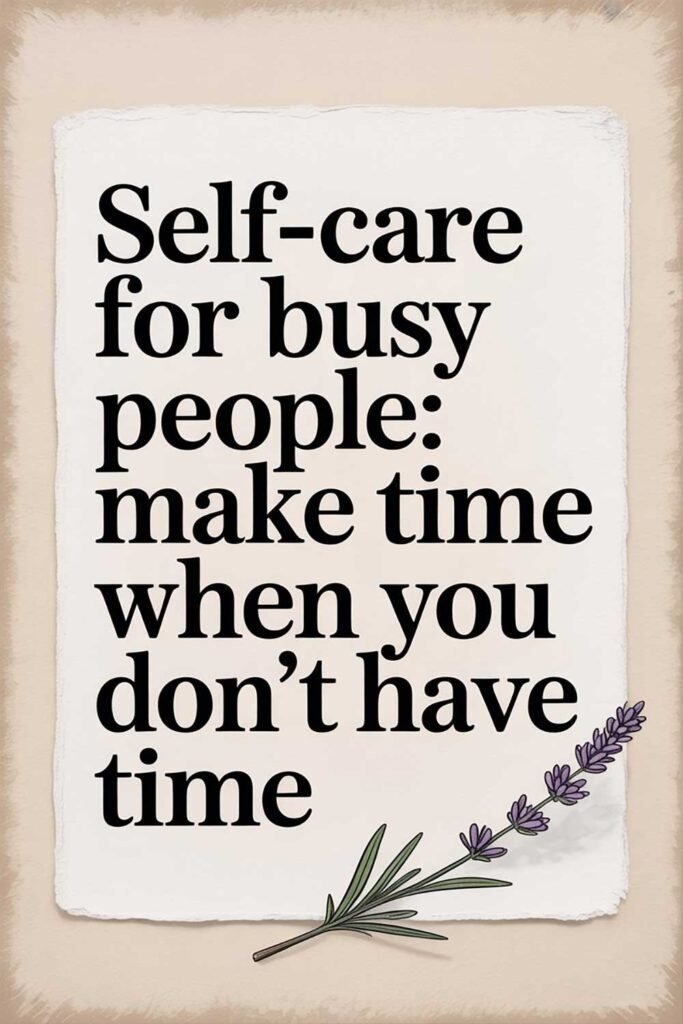Teaching Kids About Money Through Goal Setting
Teaching kids about money doesn’t have to be boring or complicated. In fact, one of the most impactful ways to help children learn the value of money is through goal setting. When children set personal financial goals, they develop responsibility, patience, and a deeper appreciation for the things they want.
In this article, we’ll explore how teaching kids to set financial goals can shape their understanding of money from a young age. You’ll discover practical steps, real-life success stories, and creative strategies to keep the process fun, engaging, and incredibly effective.
Why Goal Setting Works So Well for Kids
Goal setting introduces children to the concept of delayed gratification, decision-making, and financial literacy in a way that feels empowering. When a child saves up for something they truly want, the lesson sticks far longer than a lecture ever could.
Benefits of teaching money through goal setting include:
- Building confidence and independence
- Learning to plan and prioritize
- Reducing impulsive spending habits
- Developing a healthy relationship with money early in life
How to Introduce Goal Setting to Kids
1. Start With Conversations
Kids need to understand what a goal is and why it matters. Start by asking:
- “What is something you really want to buy?”
- “How much do you think it costs?”
- “What can we do to help you save for it?”
Use visuals, such as drawing out a savings thermometer or a chart that tracks progress.
2. Break Goals Into Steps
Young children often need bite-sized goals. If your child wants a $50 toy, help them figure out that saving $5 a week means they’ll reach their goal in 10 weeks. This makes the process easier to understand and less overwhelming.
3. Give Them Ways to Earn
Providing age-appropriate opportunities to earn money (like doing extra chores, helping neighbors, or pet-sitting) helps kids take ownership of their savings goals. Tie their efforts directly to the reward.
4. Use a Clear Money System
Create labeled jars or envelopes:
- Save
- Spend
- Give
Encouraging them to divide their money gives them a balanced view of how finances work.
Real-Life Example: Meet the Thompson Family
The Thompsons started teaching their 7-year-old daughter, Ava, about goal setting when she wanted a new art set. It cost $35.
They gave her extra chore options to earn more allowance and created a colorful goal tracker on the fridge. Each week, Ava colored in a box as she saved another $5. After seven weeks, she proudly bought the set herself.
“It was a game-changer,” her mom says. “She values her art supplies so much more because she worked for them. It built her confidence.”
Creative Ideas to Make It Fun
- Goal Vision Boards: Let your child cut out magazine pictures of what they’re saving for and paste them on a poster. It keeps the goal visible and motivating.
- Savings Games: Create a matching game using coins, or turn savings milestones into a fun celebration.
- Allowance Challenges: Encourage friendly family competition for who can save the most in a month.
- Money Journals: Let your kids keep a small notebook to log what they earned, spent, and saved. Add stickers or drawings.
The Long-Term Impact of Teaching Kids Goal-Based Money Habits
Children who learn to set and achieve financial goals often grow into:
- Better money managers
- More disciplined spenders
- Adults who understand the emotional and practical value of saving
These kids are more likely to avoid debt traps and impulse purchases later in life. More importantly, they gain a sense of empowerment over their financial future.
20 Inspiring Quotes About Teaching Kids Money Through Goals
“Don’t just tell your kids to save; teach them why saving matters.” “Small hands can hold big dreams.” “A child who learns the value of a dollar becomes an adult who values their work.” “It’s not about how much money a child earns, but how they think about what they earn.” “Goal setting turns wishes into plans.” “Savings is not a sacrifice; it’s a step toward freedom.” “A penny saved is a future invested.” “Helping your child save is like giving them a map to success.” “The earlier they learn to save, the longer they have to grow.” “Teach kids money today, save them stress tomorrow.” “Money goals are training wheels for adult budgeting.” “If they can dream it, they can save for it.” “Self-control with money starts with a single piggy bank.” “Every goal reached is a lesson learned.” “Don’t buy it for them—show them how to earn it.” “Kids who save feel proud, not deprived.” “Let them fail small now so they succeed big later.” “Your child’s money habits are forming today.” “When children set goals, they grow in more than just dollars.” “Raising savers today means raising financially wise adults tomorrow.”
💫 Picture This
Your child stands in front of a colorful savings chart with a huge smile, dropping their last earned dollar into a clear jar. You high-five them as they realize they now have enough to buy the toy they’ve been working toward for weeks. Not only are they excited—they’re proud. They learned patience, effort, math, and confidence.
Now, imagine them doing this with a car in high school, then a college fund. It starts now.
What could your child learn about themselves by reaching their very first money goal?
🌟 Please Share This Article
If this article helped you discover new ways to teach your child about money through goal setting, please share it with a friend, parent, or teacher. Knowledge like this spreads success.
⚠️ Disclaimer
This article is for informational purposes only and based on personal experiences. It does not serve as financial or educational advice. Always adapt strategies to your child’s individual needs and consult professionals as needed.






